COVID-19 Conflict & Resilience Monitor – 2 June 2021
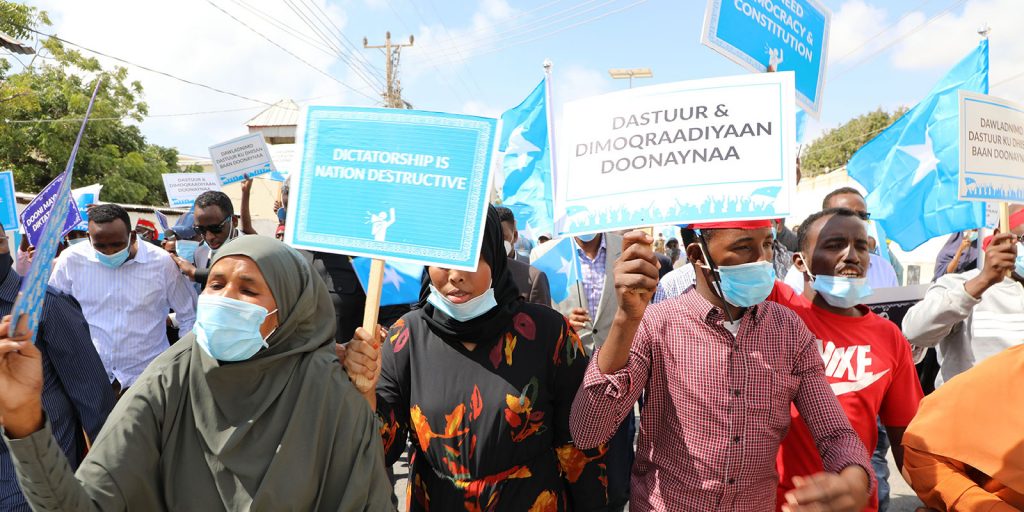
During the COVID-19 crisis ACCORD’s analysis is focused on the impact of the pandemic on conflict and resilience in Africa.
Somalia: Breakthrough in Dialogue is a Fundamental Step Towards Peaceful Elections
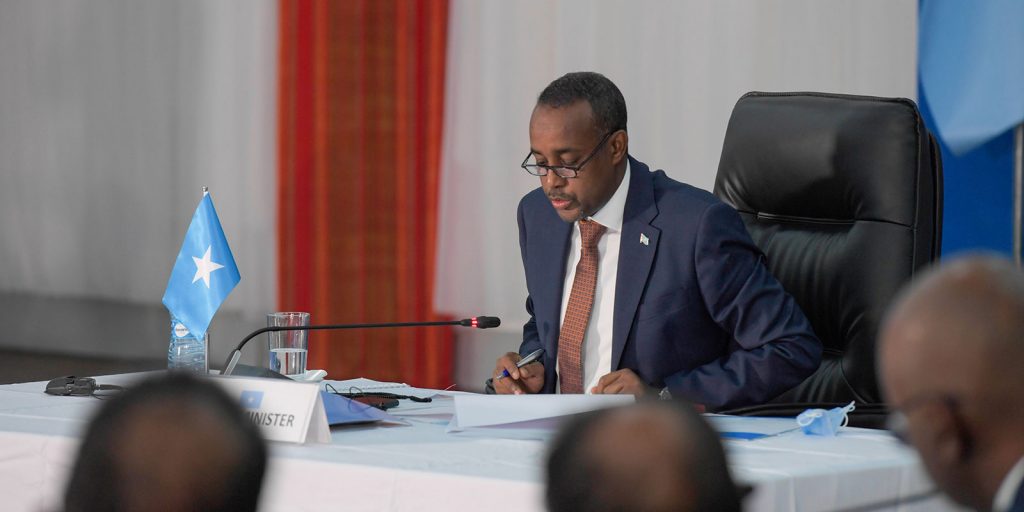
Thursday, 27 May 2021 marked a watershed moment for Somalia. It was the day Somali leaders met under the auspices of the National Consultative Council and announced a breakthrough in dialogue to resolve the impasse over the holding of federal elections. The deal provided an important implementation framework for the famous 17th September Agreement on parliamentary and presidential elections.
A Way Forward with National Elections and State-building in Somalia
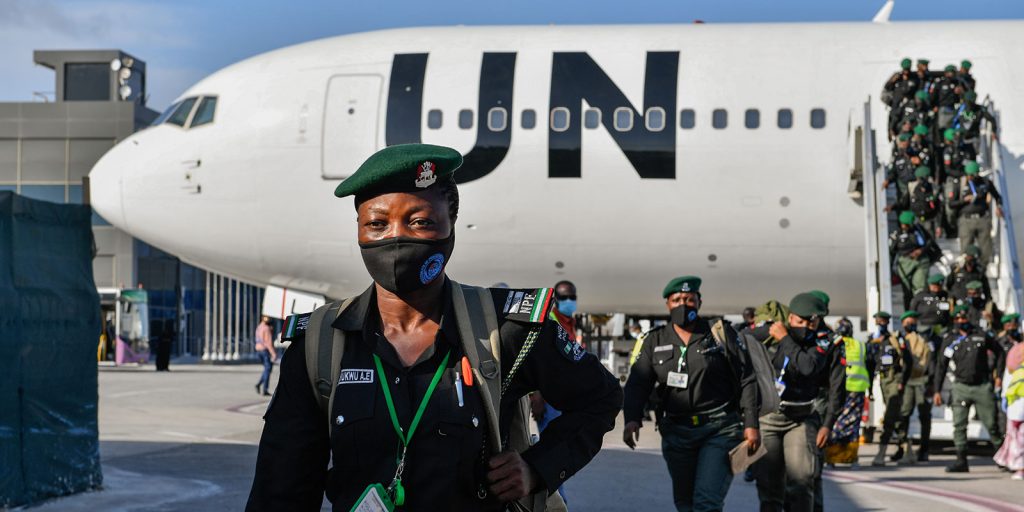
Following months of political impasse and rising tensions over the holding of elections in Somalia, the leaders of the Federal Government of Somalia and of the country’s Federal Member States signed a key agreement on 27 May that paves the way for elections. This was the culmination of several weeks of consensus-building efforts led by Prime Minister Mohamed Hussein Roble.
Somalia’s Arduous Election Journey
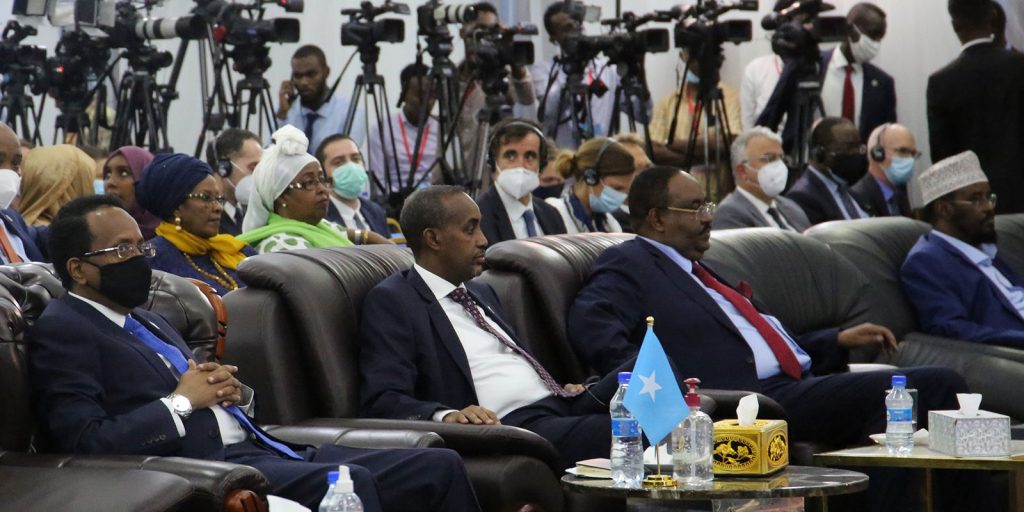
Since February, a series of rash political decisions took place that threw the country into chaos. Although the election deadlock has now been resolved and a new agreement reached on 27 May, the repercussions of the recent political drama are wide reaching.
How Somalia Averted a Civil War
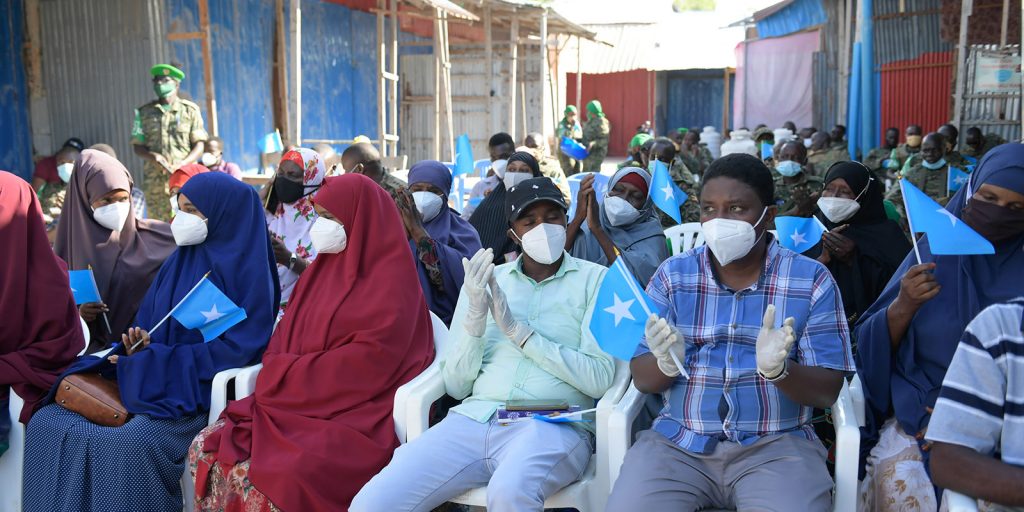
On 27 May 2021, the Federal Government of Somalia (FGS) and Federal Member States (FMS) signed a major agreement that would put the country back on an electoral pathway after months of intense political standoff over the type and process of elections. In late April, armed clashes broke out in the capital after the lower house of the bicameral parliament passed a controversial resolution extending its own mandate and that of President Mohamed Abdullahi Farmaajo by two years. The decision was rejected by almost all domestic political stakeholders in the country, as well as the overwhelming majority of the international community.
COVID-19 Conflict & Resilience Monitor – 26 May 2021
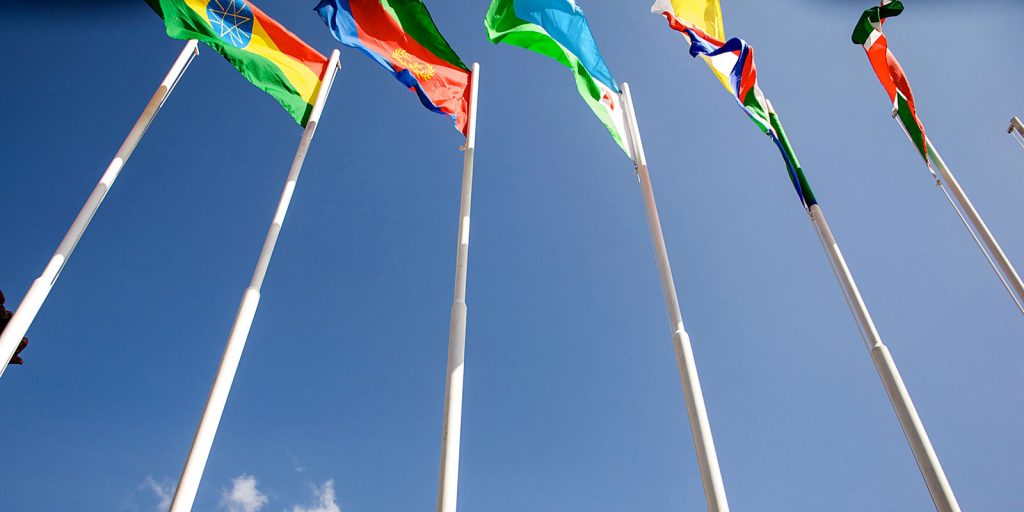
During the COVID-19 crisis ACCORD’s analysis is focused on the impact of the pandemic on conflict and resilience in Africa.
Strengthening Partnerships for African Solutions for African problems: Implications for peace support operations
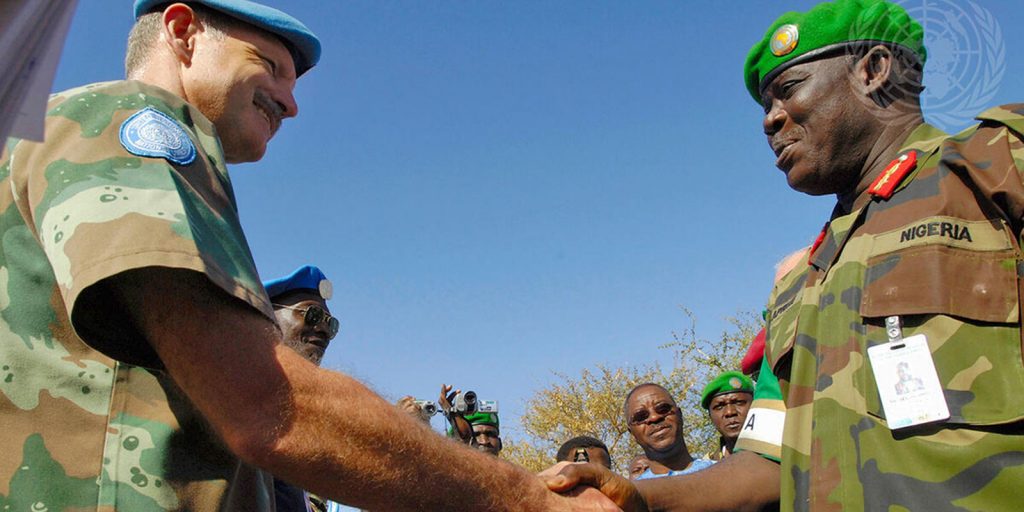
The expression “African Solutions for African problems” has become something of a cliché. It is frequently invoked when trying to develop effective solutions to address peace and security challenges on the continent. It is a phrase that has also been misused by some leaders to advance their interests while trying to avoid scrutiny of their actions in handling their own domestic peace and security challenges and invoking the phrase in an effort to engage the African Union (AU) to provide a face-saving mechanism which perhaps they hope to influence.
Inclusive conflict prevention is key to peace in Africa
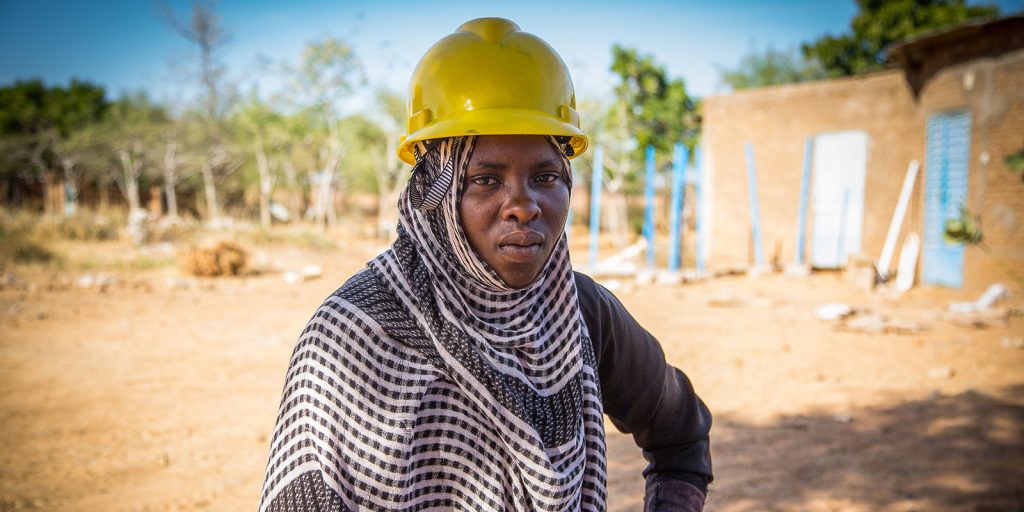
The key to a more stable and peaceful Africa lies in conflict prevention! Unfortunately, there is still reluctance, both by the international community and governments to invest in prevention. If we could focus more on prevention, much more could be achieved.
International support for the effectiveness of the G5 Sahel Force
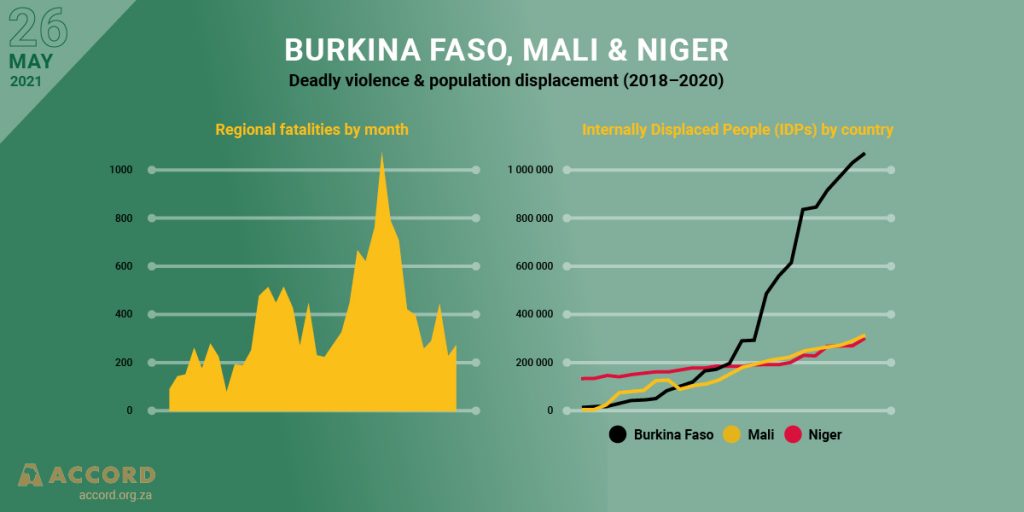
At the UN Security Council and in other forums in Africa and Europe, diplomats are debating different options for increasing international support to the G5 Sahel Force. The aim is to enhance its operational capacity and effectiveness to restore stability in the Sahel. Despite the presence of the UN Stabilization Mission in Mali (MINUSMA), the Group of Five Sahel (G5 Sahel) Force, as well as French and European Union missions, the security situation in the Sahel has significantly deteriorated over the last few years.
Interrupting the Cycle of Violence in Cabo Delgado
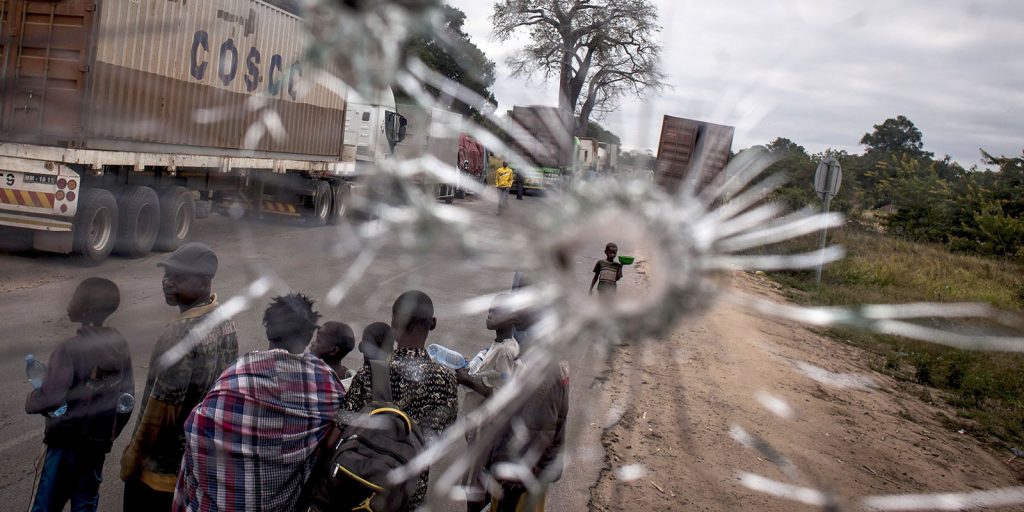
The conflict in the North of Cabo Delgado has been presented in international media as a phenomenon of terrorism and Islamic radicalization. This kind of analysis does not pay due attention to the political economy of the region, nor does it capture the complex internal and external causes of the phenomenon.
